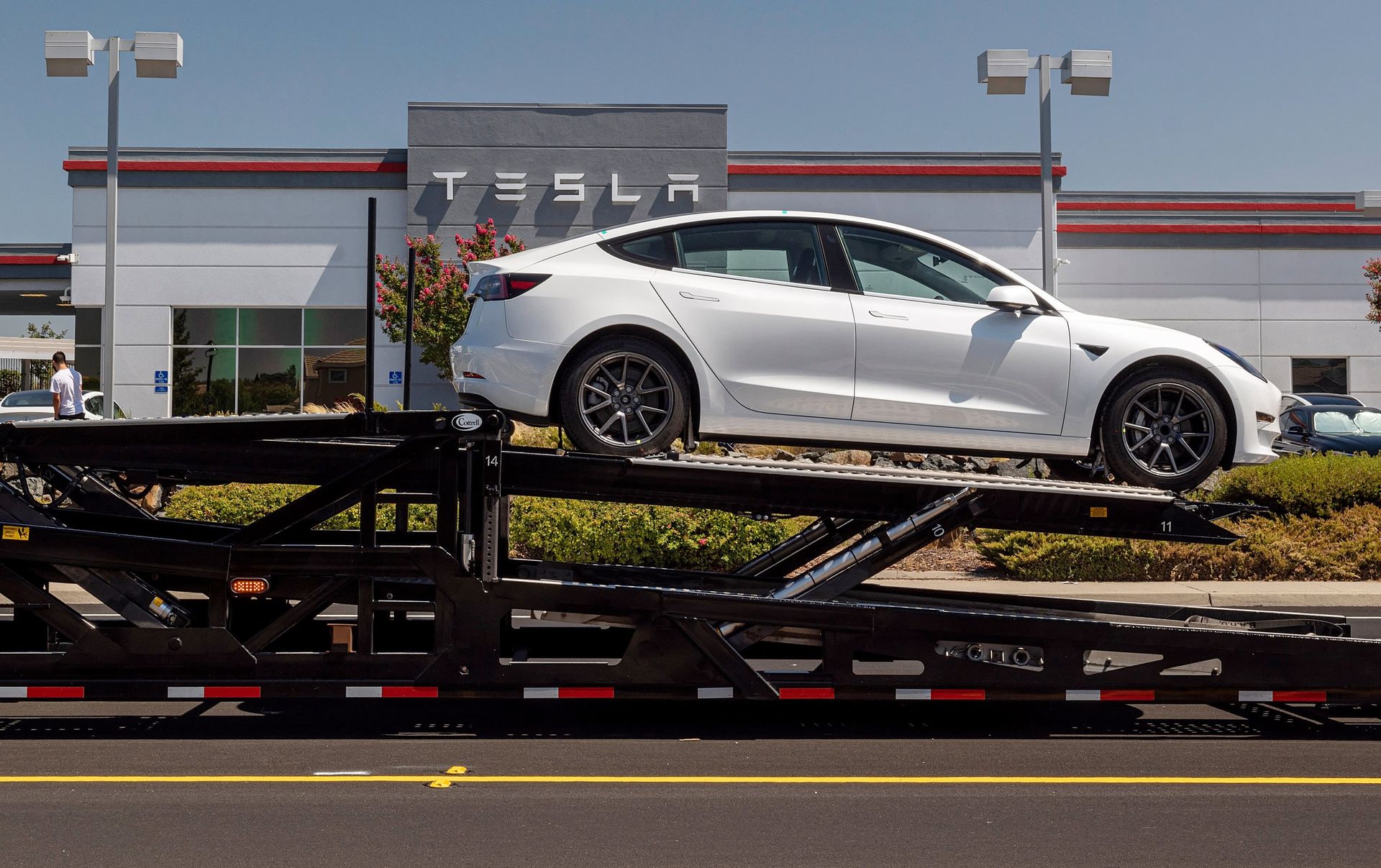Musk’s AI-powered cars begin to be questioned as Tesla recalls vehicles back.
Tesla recalls over 321,000 vehicles due to a software flaw that causes certain vehicles’ taillights to illuminate incorrectly. A filing with the National Highway Traffic Safety Administration said that the recall affects specific Model 3 vehicles manufactured in 2023 and Model Y vehicles manufactured from 2020 to 2023.
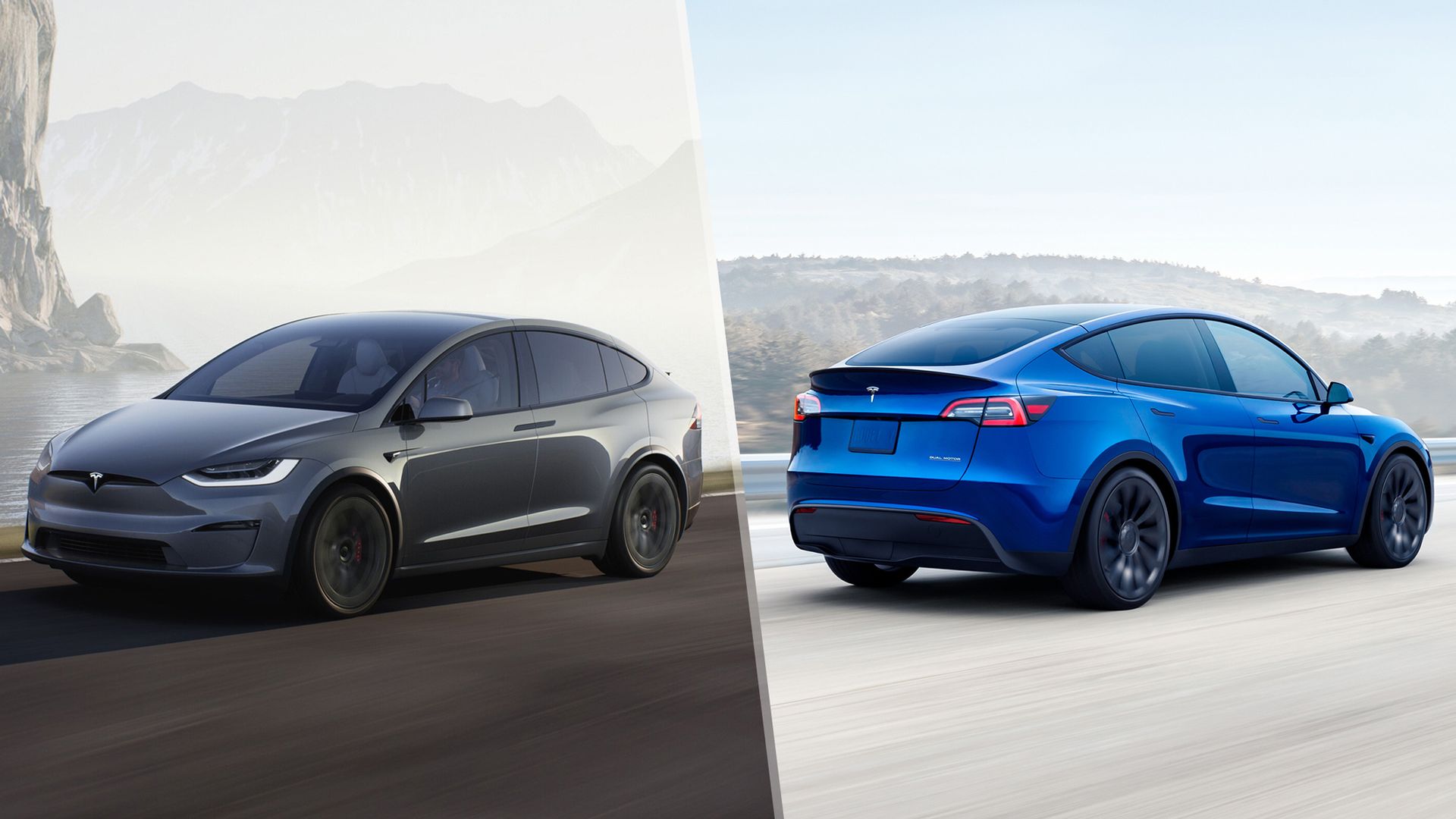
Tesla recalls vehicles: What is wrong?
Due to a problem “that may create false defect detections throughout the car wake-up process,” according to Tesla, the rear lights on one or both sides of the vehicle “intermittently illuminate.”
The NHTSA claims that this could “increase the risk of a collision” in low-light situations, although Tesla hasn’t heard of any injuries or incidents that could be attributed to this issue. Like the majority of Tesla recalls (except for this one involving the seat belt buckles for the Model 3), the company is resolving the problem with an over-the-air (OTA) software update.
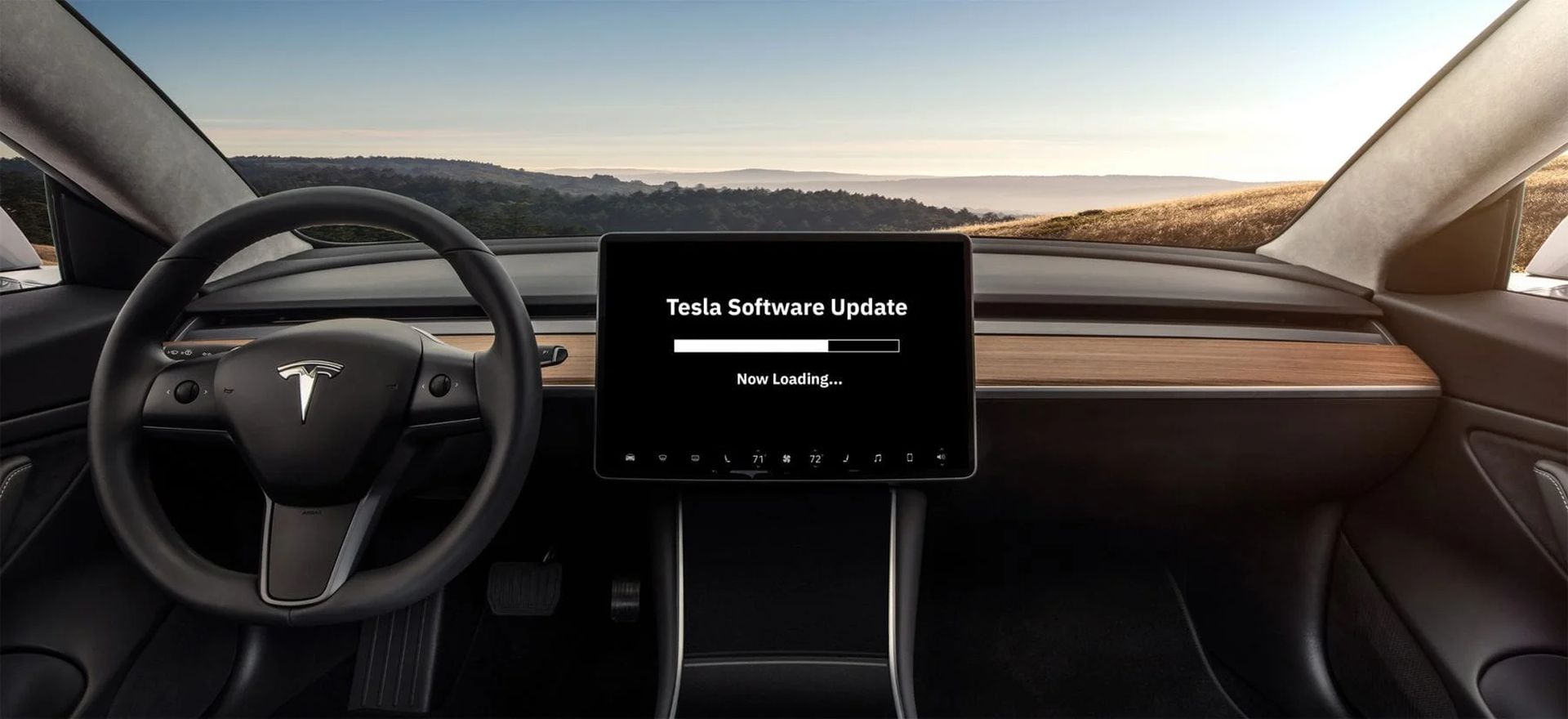
This is the company’s 19th recall of the year for electric vehicles. The front passenger airbag may improperly deploy in “low-speed” crashes, which might be dangerous if a small child is in the front seat, according to a Tesla recall of almost 30,000 Model X cars last week. Additionally, it issued a recall for more than 40,000 Model X and S vehicles due to a flaw that could result in the loss of power steering when navigating potholes or uneven roads.
Tesla recalls 2022
This is, unfortunately not the first recall of Tesla in 2022. The list of previous recalls is as follows:
- 2017-2021 Model S and Model X vehicles over power steering fault
- 2017-2022 Model 3 vehicles over incorrectly reassembled seat belts
- 2017-2022 Model 3, 2020-2022 Model Y, and 2021-2022 Model S and Model X vehicles over power window fault
- 2021-2022 Model S, Model X, and 2022 Model 3 and Model Y vehicles over center display fault
- 2018-2022 Model 3 Performance vehicles over faulty speed display
- 2021-2022 Model X vehicles over faulty airbags
- 2020-2022 Model Y, Model X, Model S, and 2017-2022 Model 3 vehicles over faulty pedestrian warning system
- 2018-2019 Model S, Model X, and 2017-2020 Model 3 vehicles equipped with Autopilot Computer 2.5 over the faulty backup camera
- 2021-2022 Model 3, Model S, Model X, and 2020-2022 Model Y vehicles over windshield defroster fault
What is Tesla’s big problem?
Tesla has arguably become one of the most well-liked and opulent electric vehicles available, skyrocketing from a specialized market to the mainstream in recent years. That doesn’t imply, though, that Teslas are trouble-free.
The four models made by the manufacturer have the following issues the most frequently:
- Issues with the cruise control setting and the autopilot
- Faulty power steering system sporadic power outages
- Cannot be towed
- Poor construction
- Prematurely worn-out battery
Most common Tesla Model S problems
Because of its slick, high-tech features, the Tesla Model S‘s popularity has only increased. But there are numerous transmission system problems with this expensive model, including allegations from drivers that the entire transmission needed to be replaced. Other frequent issues with the Model S include poor manufacturing, unexpected power loss, and faulty universal joints on the drive shaft.
Be careful of the door handles as well because they might cause burns for some owners when they attempt to open their car doors after spending time in the sun.
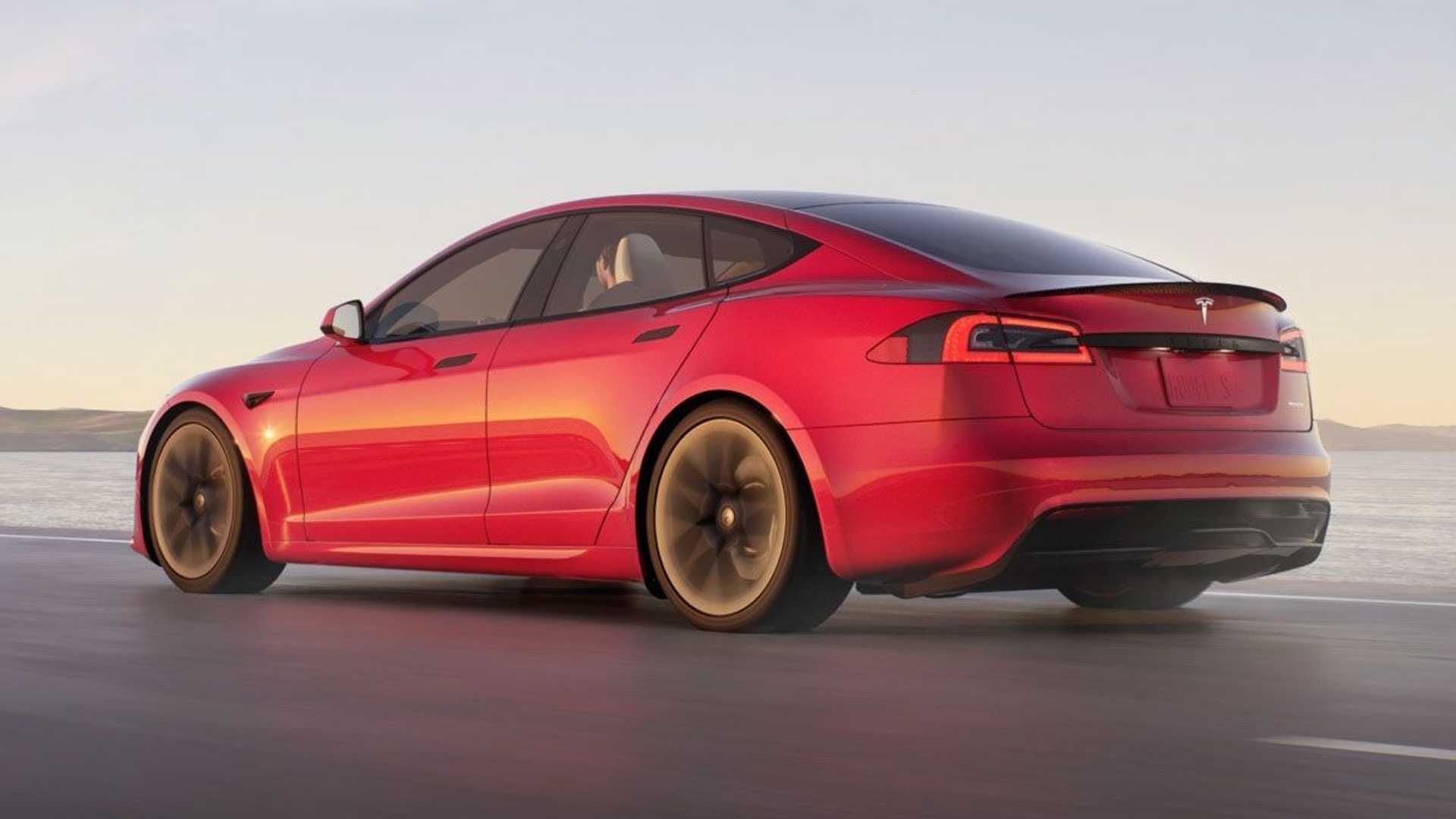
Most common Tesla Model X problems
The Tesla Model X undoubtedly includes cutting-edge features that are still being developed. Many drivers have complained that the autopilot system doesn’t function at all or develops problems later on in the life of the vehicle. Drivers of the Model X have complained of “ghosting” effects in the windshield, which occur when the large windshield leads drivers to experience double vision. In addition to confusing drivers, it also makes the whole car less visible.
Additionally, this model has a problematic steering system that may make maneuvering quite challenging. Others have reported surprising acceleration while driving. What’s worse is that mechanics don’t have a foolproof solution to remedy it considering the risks associated with this severe acceleration issue.
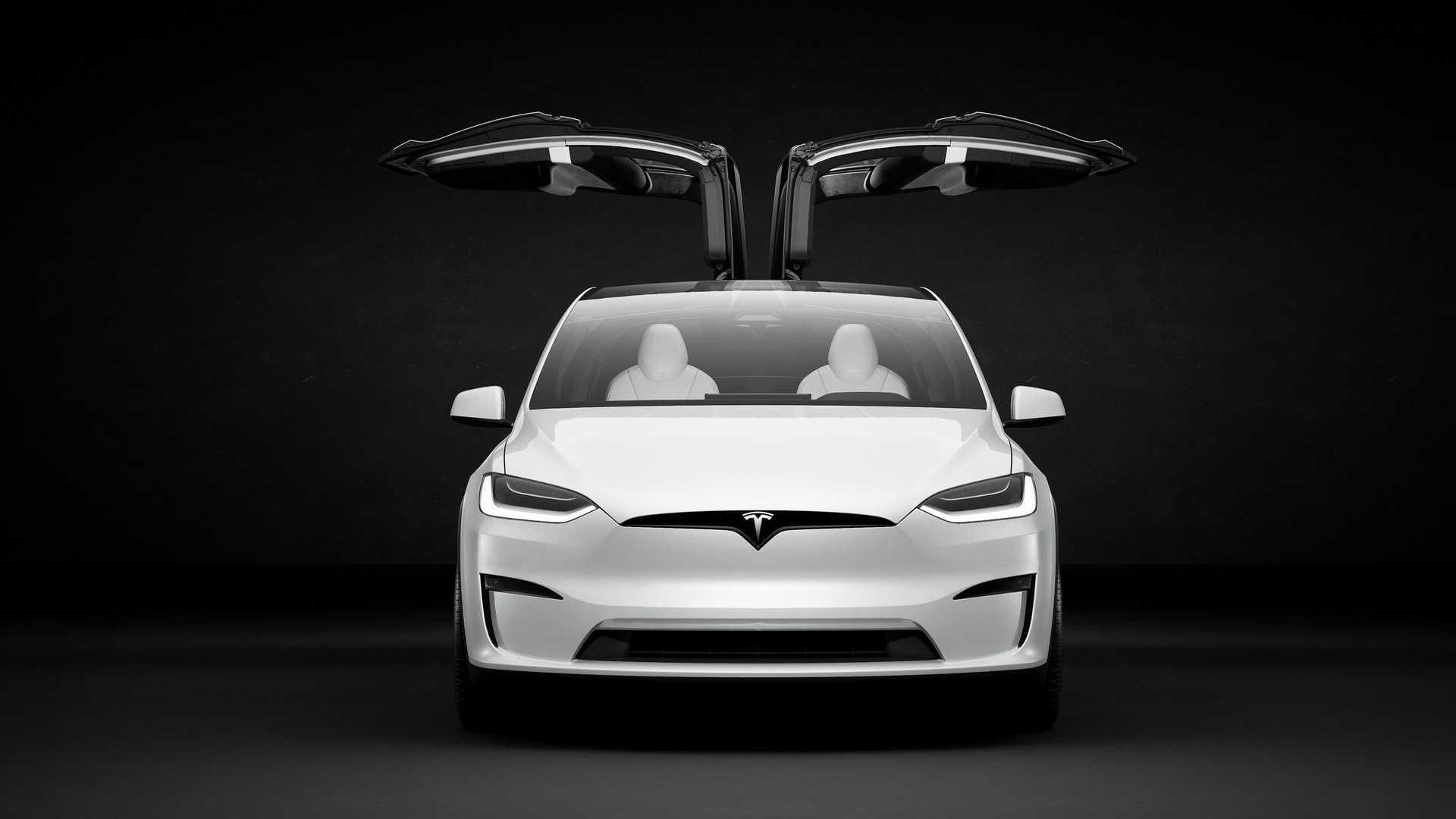
Most common Tesla Model Y problems
The Model Y, a more recent addition to the Tesla portfolio, is off to a difficult start after receiving a 2/5 reliability rating from Consumer Reports. The sophisticated transmission mechanism used in electric vehicles is to blame for the majority of the problems.
Moreover, some of the most frequently reported Model Y issues to include bad wheel alignments, unexpected stops brought on by issues with collision avoidance systems, fast tire pressure drop, and malfunctioning seat belt retention systems.
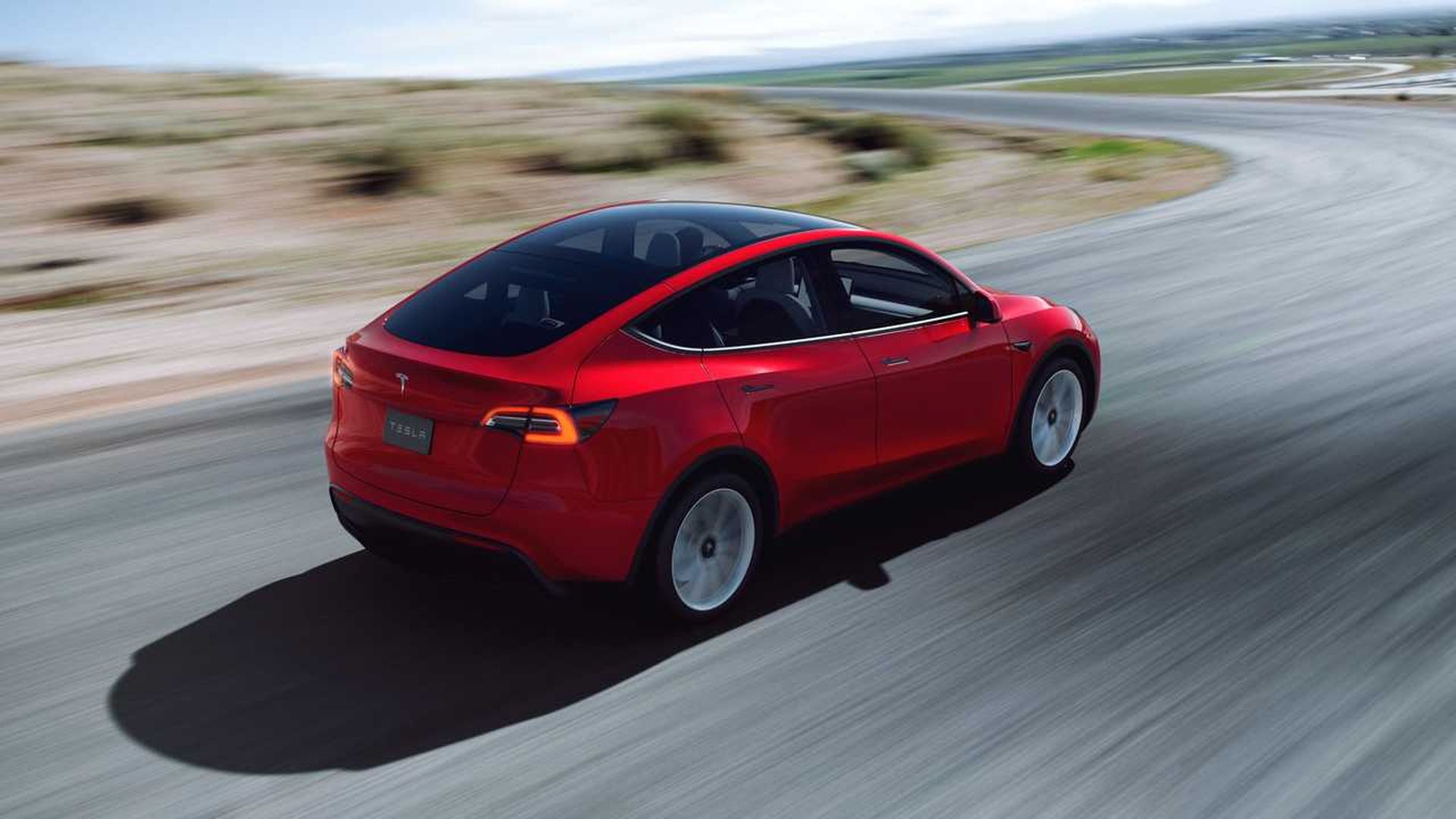
Most common Tesla Model 3 problems
The owners of a Tesla Model 3 are familiar with the headaches that frequently accompany this vehicle. Nevertheless, you can exhale with peace knowing that its average annual repair cost is lower than that of other Tesla models.
The touchscreen system completely failing and locking oneself out of the car are frequent issues with the Model 3.
More seriously, even while driving, some Tesla drivers have reported a sudden loss of power. Some technicians discovered the problem was a malfunctioning high-voltage controller.
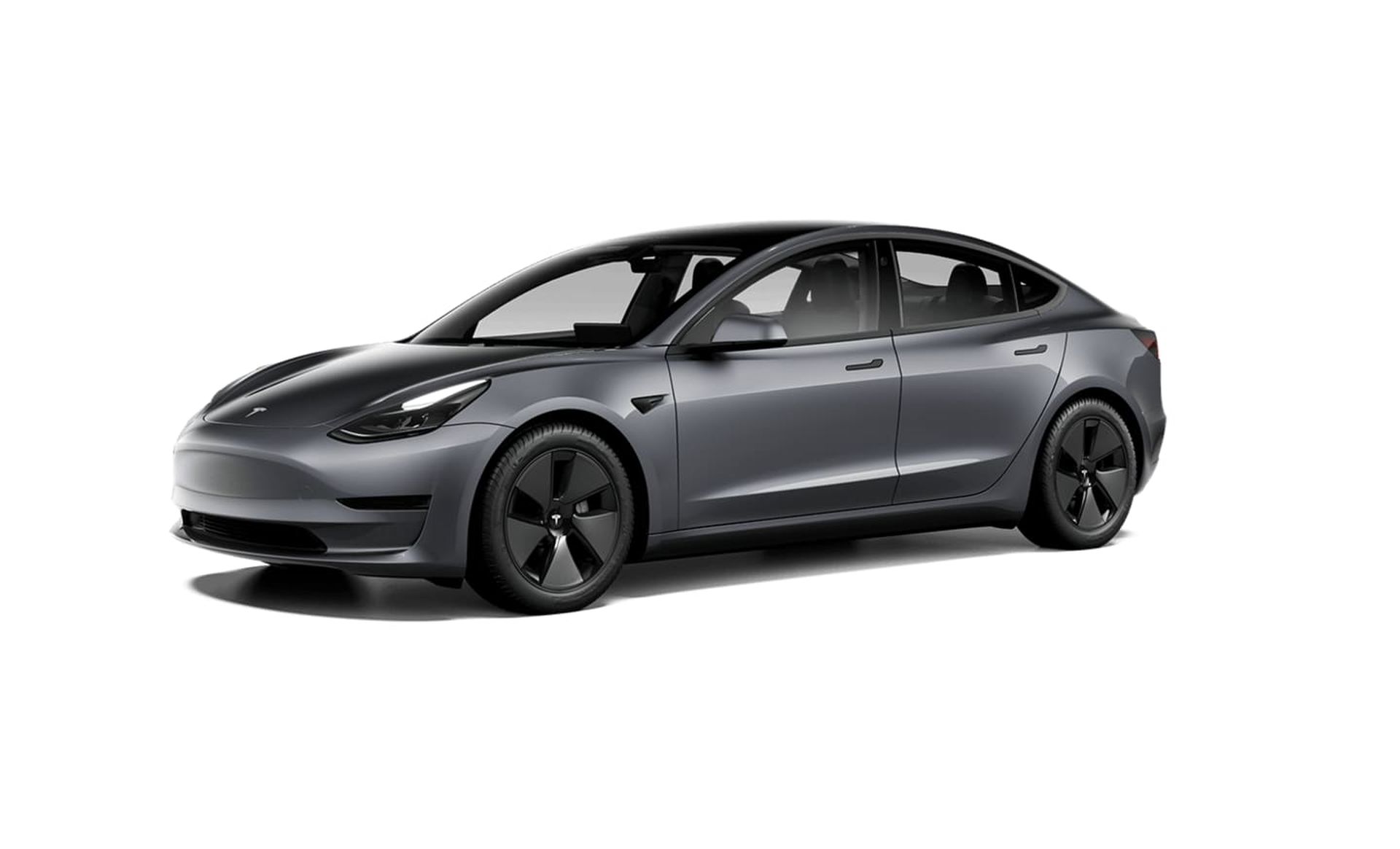
Most common Tesla Roadster problems
When Tesla first unveiled the Roadster in 2008, roughly 400 of the luxurious cars had to be recalled due to safety issues. The second-generation Roadster is expected to enter the market in 2023, thus this model was not ignored.
Even though just a small number of people have driven this second-generation model, consumers have already reported anything from battery issues to a malfunctioning tire pressure monitoring system. The very noisy rides, water infiltration in the headlamps, overheating, and braking failure of the Roadster only serve to increase the list of issues.
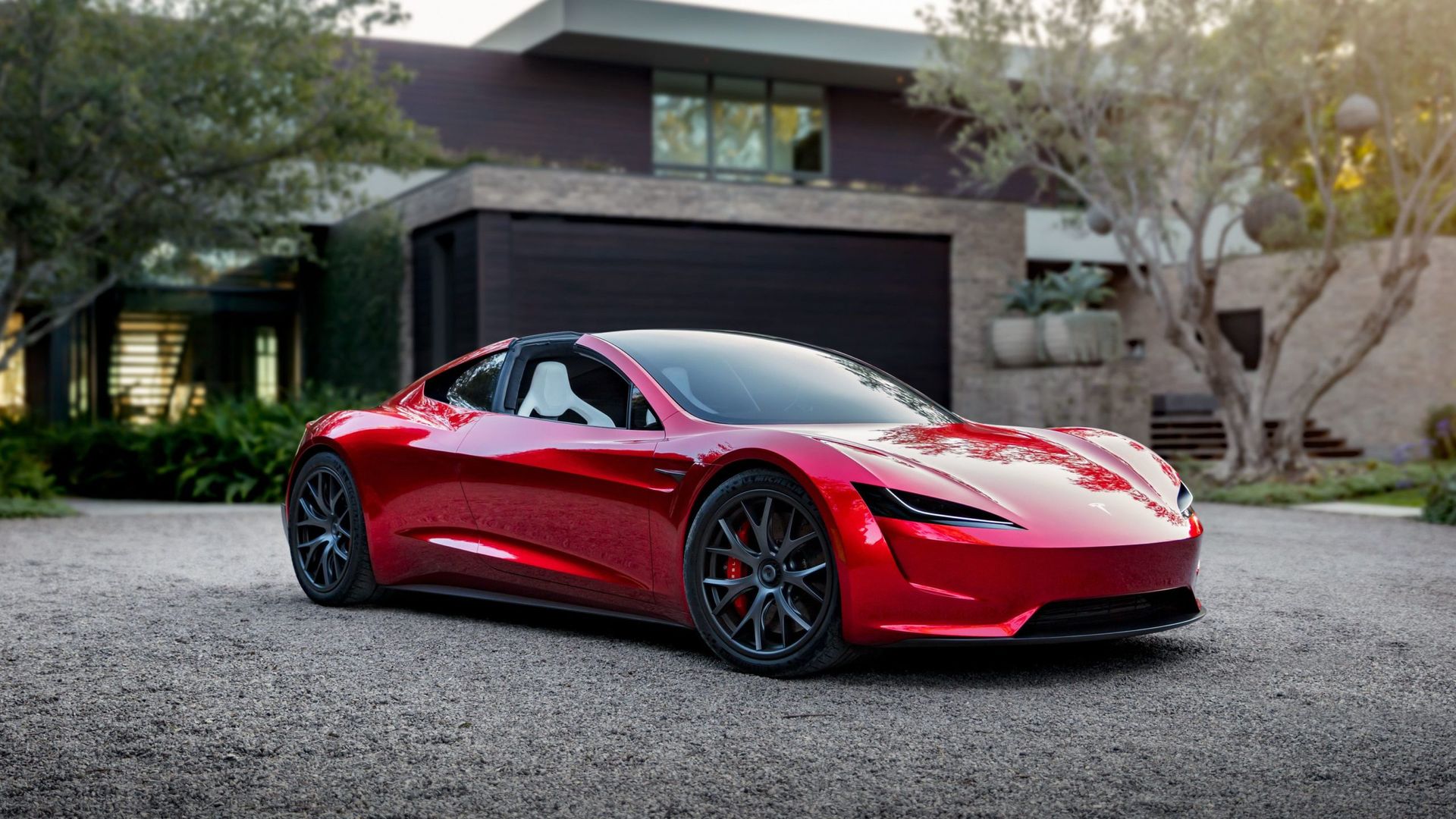
This completes our article about Tesla’s recent recall and sadly It’s not our first article about it. You can check our article about Tesla’s previous recall due to its window from here.

